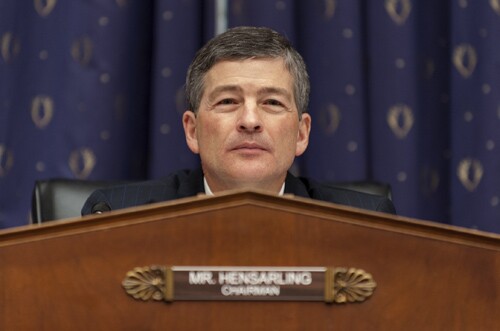
(Image: Thinkstock)

Should there be a government backstop for the mortgage market?
(Image: Bloomberg News)

What is the proper role for affordable housing?
(Image: Bloomberg News)

How much capital should there be if there is government support?
(Image: Bloomberg News)

Where does that capital come from?
(Image: Thinkstock)

What happens in a crisis?
(Image: Fotolia)





